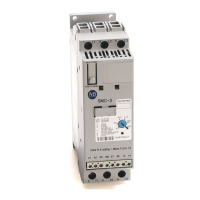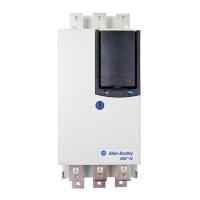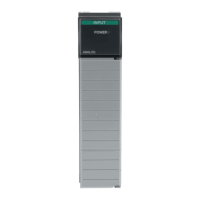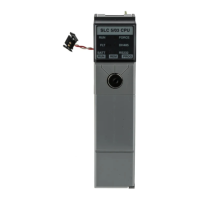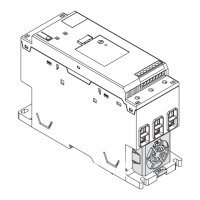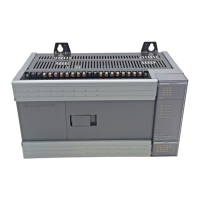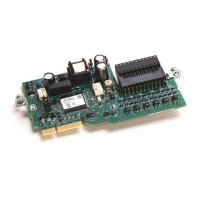Rockwell Automation Publication CNET-UM001F-EN-P - February 2018 17
Media access to the network is controlled by a time-slice access algorithm,
Concurrent Time Domain Multiple Access (CTDMA), which regulates a
node’s opportunity to transmit in each network update interval (NUI). You
configure how often the NUI repeats by selecting a network update time
(NUT) in milliseconds.
The network update time (NUT) is the shortest interval in which data can be
sent on a ControlNet network. It represents the fastest possible update rate
for scheduled data transfers on that network. For example, a network that
runs with a five ms NUT cannot send scheduled data at a rate faster than five
ms. It can, however, send data at a slower rate. The minimum NUT you can
specify is two ms. The NUT is divided into a three-part structure.
Table 4 - NUT Structure
Parts of NUT Functions
Scheduled On a sequential, rotating basis, every scheduled node can transmit data once per NUT.
Time-critical information is sent during this part of the interval.
Unscheduled
All nodes transmit on a sequential, rotating basis, the rotation repeating itself until the time allotted for
this portion is used up.
The number of scheduled transmissions determines the time available for unscheduled
transmissions. On a ControlNet network, at least one node can transmit unscheduled data every
NUT.
Information that can be delivered without time constraints is sent during this part of the interval.
Maintenance The node with the lowest address transmits information to keep the other nodes synchronized. This
time is automatically subtracted from your NUT. However, the time required for network maintenance
is brief (microseconds) when compared to that used for the scheduled and unscheduled portions of
the NUT.
Figure 4 - NUT Structure
Item Description
Boundary moves according to scheduled traffic load
Unscheduled traffic
Network maintenance
(NUT)

